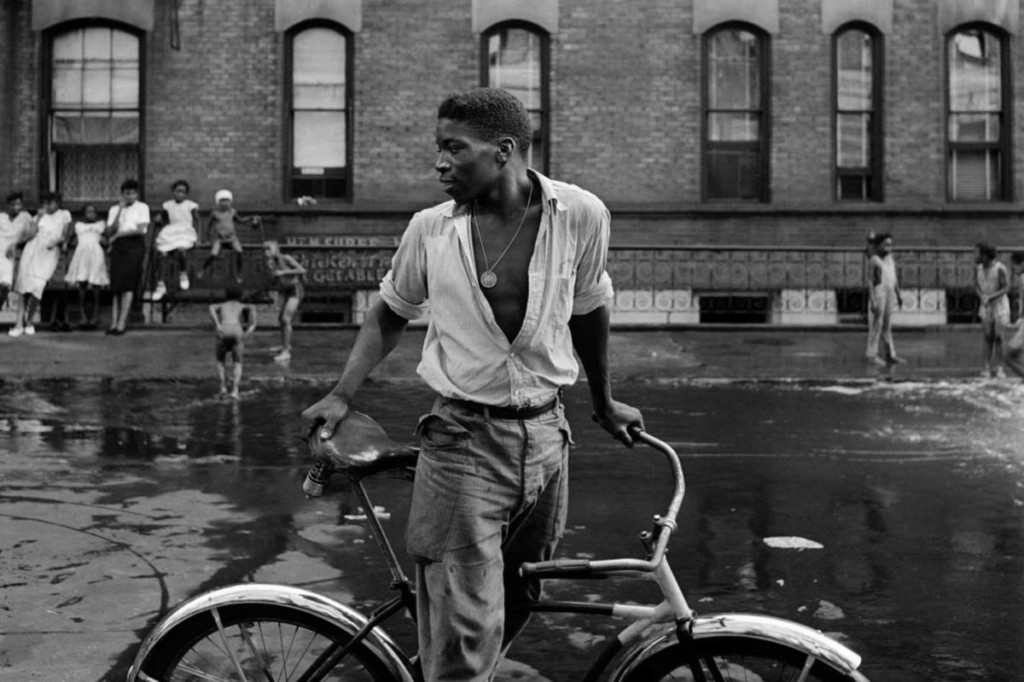Framing Streets for Beginners
The 7-Minute Rule for Framing Streets
Table of ContentsOur Framing Streets PDFsAn Unbiased View of Framing StreetsNot known Facts About Framing Streets10 Easy Facts About Framing Streets ExplainedOur Framing Streets IdeasNot known Incorrect Statements About Framing Streets
, generally with the aim of catching pictures at a definitive or emotional minute by cautious framing and timing. https://folkd.com/profile/framingstreets1.
The smart Trick of Framing Streets That Nobody is Talking About
Susan Sontag, 1977 Road digital photography can concentrate on individuals and their actions in public. In this respect, the road photographer is similar to social documentary digital photographers or photographers that likewise work in public locations, but with the purpose of recording relevant occasions. Any of these digital photographers' photos might catch people and residential property visible within or from public places, which frequently entails browsing moral problems and legislations of privacy, security, and property.
Depictions of day-to-day public life form a genre in virtually every period of globe art, starting in the pre-historic, Sumerian, Egyptian and early Buddhist art durations. Art handling the life of the road, whether within sights of cityscapes, or as the dominant theme, shows up in the West in the canon of the Northern Renaissance, Baroque, Rococo, of Romanticism, Realism, Impressionism and Post-Impressionism.
A Biased View of Framing Streets
Louis Daguerre: "Boulevard du Holy place" (1838 or 1839) In 1838 or 1839 the first photo of numbers in the road was taped by Louis-Jacques-Mand Daguerre in among a pair of daguerreotype sights taken from his studio window of the Boulevard du Temple in Paris. The second, made at the elevation of the day, shows an unpopulated stretch of road, while the various other was taken at concerning 8:00 am, and as Beaumont Newhall records, "The Blvd, so regularly loaded with a relocating crowd of pedestrians and carriages was completely singular, except a person who was having his boots combed.
, that was motivated to embark on a comparable documents of New York City. As internet the city established, Atget assisted to promote Parisian streets as a worthy topic for digital photography.

Facts About Framing Streets Revealed
The principal Mass-Observationists were anthropologist Tom Harrisson in Bolton and poet Charles Madge in London, and their initial record was generated as the book "May the Twelfth: Mass-Observation Day-Surveys 1937 by over two hundred observers" [] Window cleaner at Kottbusser Tor, Berlin, by Elsa Thiemann c. 1946 The post-war French Humanist Institution professional photographers discovered their topics on the road or in the restaurant. Andre Kertesz.'s commonly appreciated Images la Sauvette (1952) (the English-language version was titled The Crucial Moment) advertised the idea of taking an image at what he called the "decisive moment"; "when kind and content, vision and make-up merged right into a transcendent whole" - Lightroom presets.
Top Guidelines Of Framing Streets
, after that a teacher of young youngsters, associated with Evans in 193839.'s 1958 publication,, was considerable; raw and typically out of focus, Frank's photos questioned conventional photography of the time, "tested all the formal regulations laid down by Henri Cartier-Bresson and Walker Evans" and "flew in the face of the wholesome pictorialism and heartfelt photojournalism of American magazines like LIFE and Time".